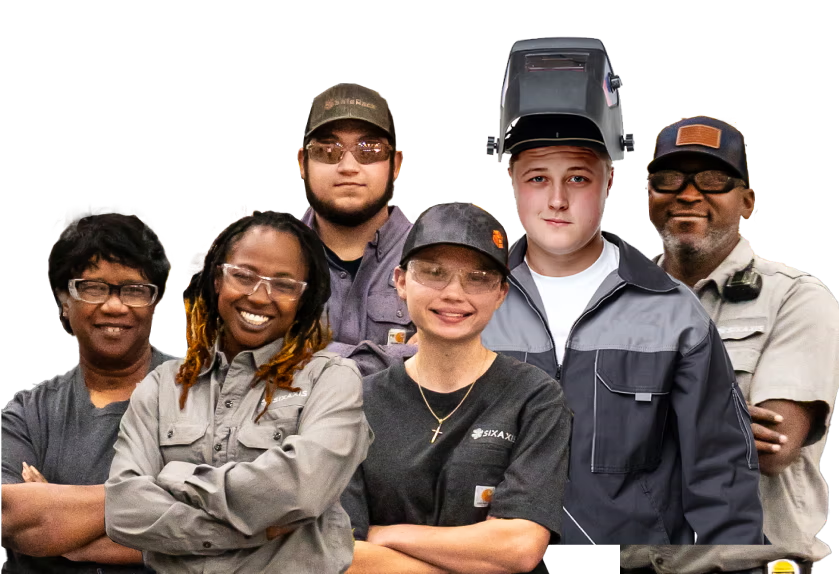A rail chair, consisting of two jaws and a rail seat, is a component of rail fastening systems. Installed between the rail sleeper and rails, the chair is fixed with screws and locked with a steel key to ensure secure positioning. The primary function of a rail chair is to distribute the load from the rail to the sleepers, achieving uniform weight distribution across the track structure.
Overview of Rail Fastening Systems
Rail fastening systems fix rails to railroad ties or sleepers, ensuring tracks remain securely in place under heavy loads and constant vibration. These systems include various components such as rail anchors, tie plates, chairs, spikes, screws, bolts, and fasteners that work together to maintain track integrity. Proper rail fastening is essential for safe railroad operations, preventing derailments and ensuring stable track geometry.
Rail chairs come in various shapes and sizes, tailored to specific rail types, sleeper configurations, and railway requirements. Modern rail safety extends beyond track infrastructure to include worker protection during railcar loading operations, where SafeRack’s OSHA-compliant gangways and spill containment systems provide comprehensive safety solutions.
Learn more: Core Components of a Rail Fastening System | Railroad Construction Facts
Frequently Asked Questions
Rail chairs are predominantly manufactured from cast iron or cast steel due to their durability and load-bearing capabilities. These materials provide the necessary strength to withstand constant pressure and vibration from passing trains while resisting wear and corrosion over extended service periods.
While both distribute loads from rails to sleepers, rail chairs feature a more complex design with jaws that cradle the rail and require a steel key for locking. Tie plates are simpler, flat components that sit directly between the rail base and sleeper, typically used with flat-bottomed rails rather than the bullhead rails that require chairs.
Rail chairs remain valuable in specific applications, particularly on heritage railways and older track sections designed for bullhead rails. They provide excellent load distribution and allow for precise rail positioning adjustments, making them suitable for certain track geometries and maintenance strategies.



